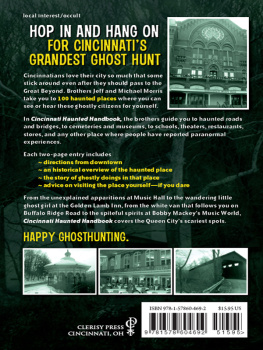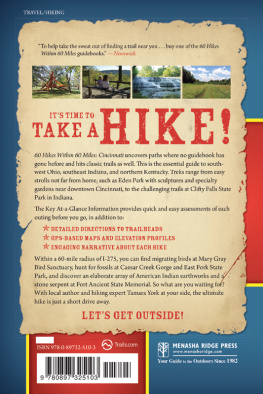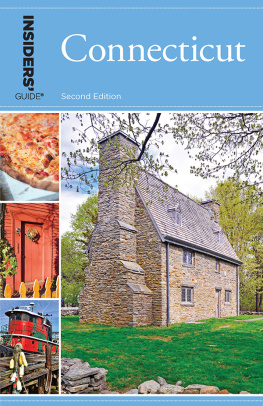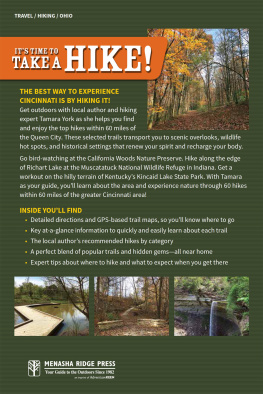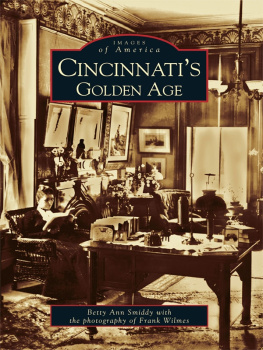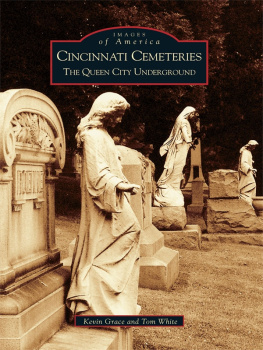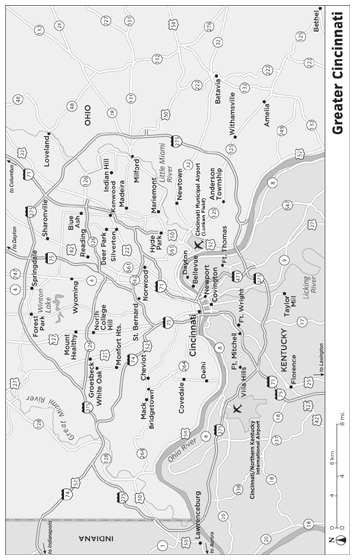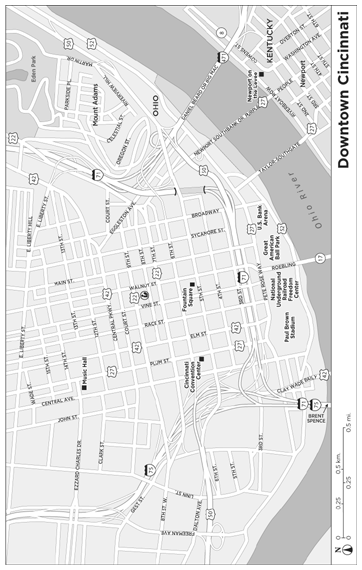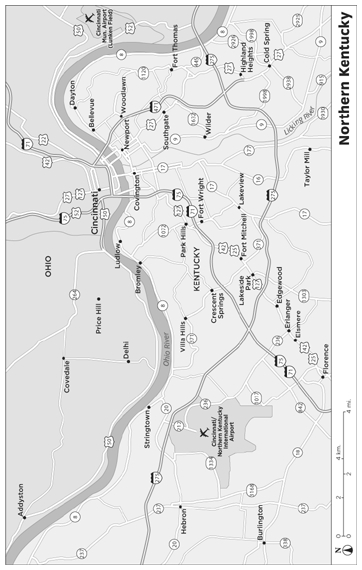The prices and rates in this guidebook were confirmed at press time. We recommend, however, that you call establishments before traveling to obtain current information.
INSIDERS GUIDE
Copyright 2002, 2005, 2007, 2009 by Morris Book Publishing, LLC
Previous editions of this book were published by Falcon Publishing Inc. in 1998 and 2000.
ALL RIGHTS RESERVED. No part of this book may be reproduced or transmitted in any form by any means, electronic or mechanical, including photocopying and recording, or by any information storage and retrieval system, except as may be expressly permitted in writing from the publisher. Requests for permission should be addressed to The Globe Pequot Press, Attn: Rights and Permissions Department, P.O. Box 480, Guilford, CT 06437.
Insiders Guide is a registered trademark of Morris Book Publishing, LLC.
Lyrics on page 156 by Zak Morgan
Text design by LeAnna Weller Smith
Maps by XNR Productions Inc. Morris Book Publishing, LLC
ISSN 1527-1188
ISBN 978-0-7627-4865-5
Printed in the United States of America
10 9 8 7 6 5 4 3 2 1
PREFACE
If you havent seen Greater Cincinnati in, say, the past 20 years, you wouldnt recognize the place.
The downtown is in the midst of a retail and lively arts renaissance, with a new department store, the downtown Tower Place mall, a new Tiffanys, and the Aronoff Center for the Arts, a mighty state-funded theatrical complex that brings a taste of Broadway to the city. The Backstage area sprouting up around the Aronoff features shops and restaurants open late into the night, defying the citys longstanding reputation as a place that rolls up the sidewalks at 7:00 p.m. And theres the Lois & Richard Rosenthal Center for Contemporary Art, a $34 million high-rise museum. Architect Zaha Hadids design has been praised by no less than the New York Times for its innovation.
Down on the riverfront, theres the National Underground Railroad Freedom Center and the Great American Ball Park for the Cincinnati Reds. Paul Brown Stadium and development of the Banksan engaging concept of restaurants, theaters, and condosadd to the mix. Fort Washington Way along the river has been reconfigured to accommodate all these, the largest public works project in the history of Cincinnati.
Look across the river, where hotels are sprouting up in reaction to the Northern Kentucky Convention Center and the Newport Aquarium. Other hot spots on the south side of Cincinnati, as Northern Kentucky labels itself in this era of regional cooperation, are the Newport on the Levee entertainment, restaurant, and retail complex, as well as the Kentucky Speedway.
The Cincinnati/Northern Kentucky International Airport, for its part, is now one of the busiest in the country. The corporate relocation of Ashland Inc. to Northern Kentucky, as well as the opening of Toyotas massive Midwest Parts Center, is a significant achievement and solidifies Northern Kentuckys reputation as a medium for economic growth. To the west, meanwhile, the powerhouse presence of resort casinos is changing the face of rustic Indiana river towns and bringing millions more travelers to the region.
The biggest event in recent history was the opening of the National Underground Railroad Freedom Center. The $110 million museum commemorates the Underground Railroad network that helped slaves escape from the South during the 1800s.
The Freedom Center is built on the banks of the Ohio River along the Cincinnati shoreline. (The Ohio River was known by escaping slaves as the River Jordan.) Three pavilions represent freedom, courage, and the cooperation needed to support the 19th-century freedom movement. Glass passageways link the pavilions, which feature undulating walls and roofs.
The region is growingand fast. Greater Cincinnatis population shattered the two million mark in 2000, reports the U.S. Census Bureau. And if growth in the northern suburbs continues, experts predict that Cin-Day is soon comingan eventual merger of the metropolitan areas of Cincinnati and Dayton.
Of course, with prosperity comes changeand confusion. Thats where the Insiders Guide to Cincinnati comes in. We approached this book as if we were putting an arm around our visiting uncle or aunts shoulder, whispering inside information, and offering advice about this river city that only a local could possibly know.
Greater Cincinnati is a city of neighborhoods. Thats the first thing you should learn if youre a newcomer, especially if you hail from a city thats one great metro government such as Columbus, Indianapolis, or the like. Greater Cincinnati crosses the borders of three states and is composed of some 200 distinct villages, townships, hamlets, boroughs, towns, and cities individual in character and in content.
Even the city of Cincinnati proper is split into dozens of urban neighborhoods, and believe us, residents know exactly where the borders are. Dont confuse Mount Adams with Mount Airy, or youll appear the dunce. Such urban neighborhoods as Price Hill, Avondale, Walnut Hills, the East End, Hyde Park, and Mount Lookout have distinct cultures and quasi-governmental councils. Youll be amazed to find families who have been born, lived, and died in the same neighborhood for generations.
If youve just moved to Cincinnatior even if youre visitingbe careful. You may just get stuck here for the rest of your life because youll never want to leave. This happens to unsuspecting folks who think theyve been transferred to some backwater burg only to find that the burg has just about everything they like about bigger cities, such as premier arts institutions and terrific restaurants, without so many of the things they dont like, such as rampant crime and other pronounced forms of urban decay.
Cincinnati is a great place to rear a family. It offers many choices of safe neighborhoods and schools, both urban and suburban. Its also a beautiful city with a varied collection of grand mansions and vintage buildings because it was the second-biggest city this side of the Alleghenies in the mid-1800s. Thanks to the handiwork of Ice Age glaciers, Cincinnati also offers a variety of stunning views atop its seven hills. Cincinnati, in fact, spends more money on hillside reclamation and erosion control than any city in America, including San Francisco.
If youre a tourist, you are not alone. Nearly 6 million convention delegates and other visitors traveled to downtown Cincinnati recently, pumping $3 billion into the local economy. Outlying tourism attractions thrived, as well. Some 6 million people visited the Argosy Riverboat Casino; 5 million hit the Grand Victoria Casino; 4 million flocked to Kings Island amusement park; 2 million headed to Reds games; 13 million visited the Cincinnati Zoo; 1 million flowed through Museum Center; and another nearly 3 million tourists divided up their visits between the Bengals, Renaissance Festival, the Beach Waterpark, Riverbend Music Center, Turfway Park, and Coney Island.


